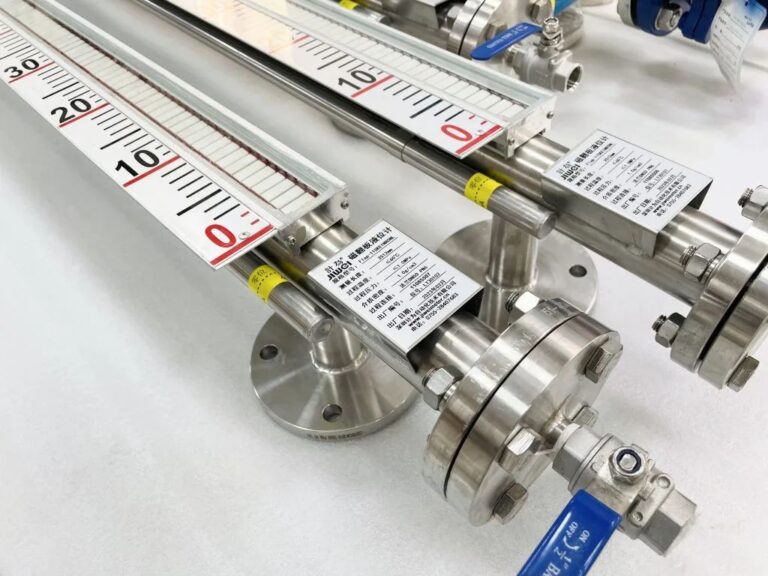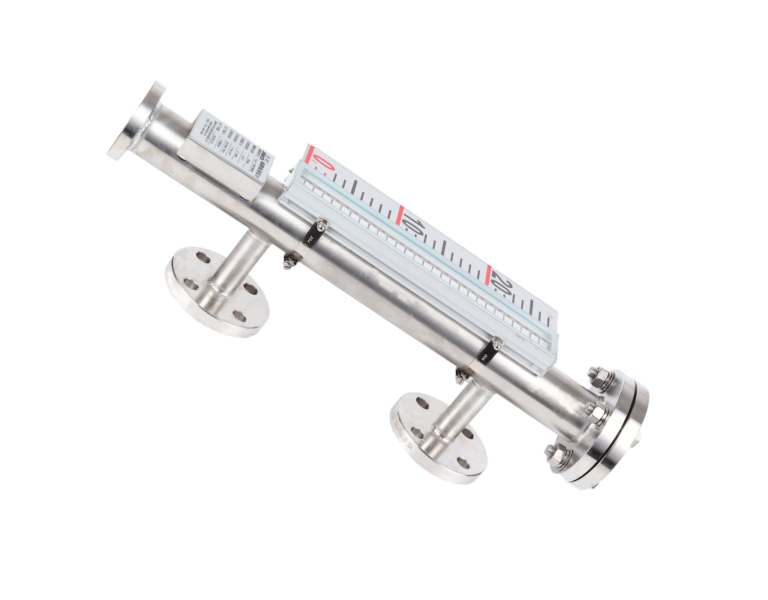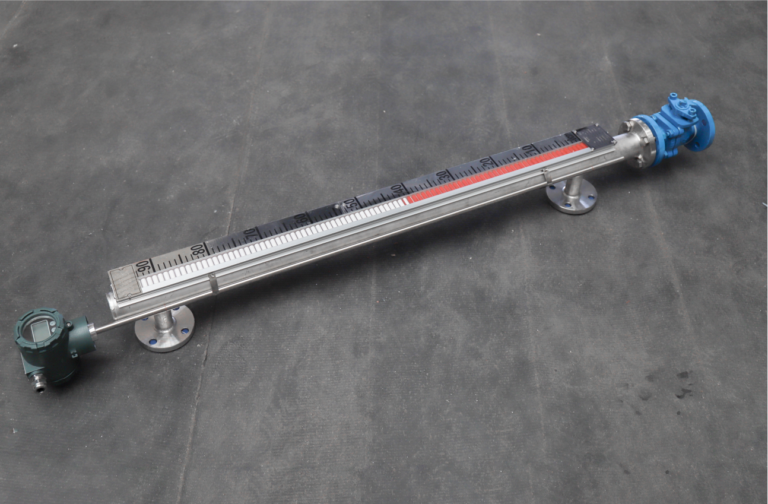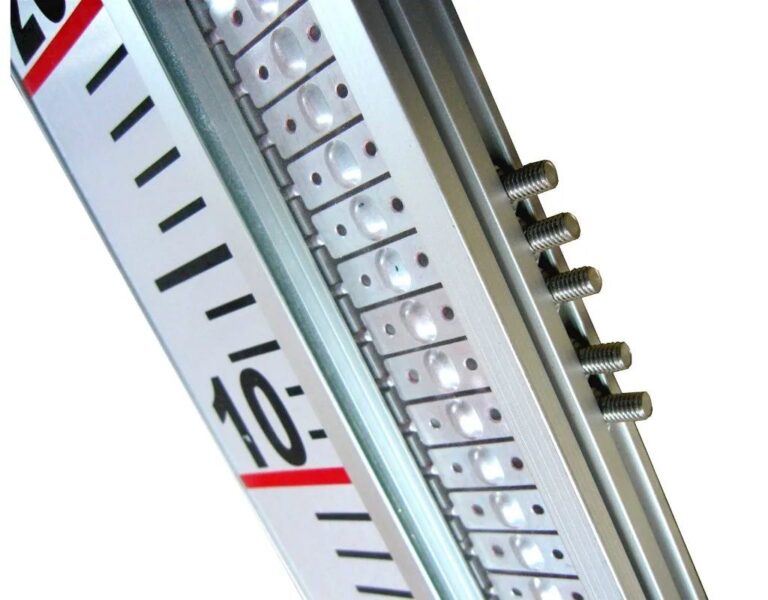Introduction Magnetic flap level gauge alarm switches are essential for precise level control in industrial settings. The key feature of these devices is their maintain limit function, which ensures accurate and reliable level measurement. This article discusses the operational principle, technical implementations, wiring methods, and critical performance parameters of these alarm switches.
1. Maintain Limit Function Principle
Memory Retention Mechanism When the liquid level reaches a predetermined limit (high or low), the alarm switch activates and maintains the alarm signal until the level returns to normal, thereby providing continuous feedback. This is crucial in applications requiring stable feedback to ensure operational safety and efficiency.
Continuous Output Characteristics During an alarm state, the switch contacts remain either closed or open, ensuring the control system continuously receives signals. This feature is particularly valuable in conditions that require stable feedback.

2. Technical Implementation and Wiring Methods
Contact Types
Normally Open: On liquid level activation, contacts close, ideal for scenarios with passive signal output.
Maintain Type (Memory Type): Models like BJB-25 and GBJB-25 support contact state locking, suitable for complex control requirements.
Wiring Methods
Series Connection: Limit switches are directly connected in series to the output circuit. It is crucial to ensure compatibility between the travel distance and the safe distance of the level gauge.
Parallel Connection: This method interlinks with other devices to enhance system reliability, though precision adjustments may be necessary to avoid interference.
3. Key Performance Parameters
Applicable Environment
Temperature Range: -40°C to +200°C (standard); high-temperature models can withstand up to 400°C.
Explosion-Proof Rating: Ex d II CT6, suitable for flammable and explosive environments.
Installation Method Standard throat hoop fixation adapts to various pipe diameters, ensuring easy installation and high sealing performance.

4. Applications and Maintenance
Typical Scenarios Machine tool coolant tanks, chemical storage tanks, and other scenarios requiring high and low level interlock control.
Maintenance Tips Regularly clean the flap and magnetic components to prevent impurities from affecting magnetic coupling. Inspect contact oxidation to ensure stable signal transmission.
5. Selection Recommendations
Medium Compatibility: Choose float materials like 304 stainless steel based on medium density and corrosiveness.
Signal Requirements: For remote signal needs, pair with a 4-20mA remote transmission module.
Explosion Protection: Preferably select transmitters like the XQ series or certified GBJB products.

Case Study In a recent application at a chemical processing plant, a magnetic flap level gauge equipped with a GBJB-25 alarm switch was installed in a solvent storage tank. The maintain limit function played a crucial role during a critical tank filling operation where precise level control was necessary to prevent overfilling and potential spillage. The alarm switch maintained the alarm signal until the solvent level was corrected, ensuring the plant’s safety and operational continuity.

Conclusion The maintain limit function of magnetic flap level gauge alarm switches enables precise level control and safety protection, making it especially suitable for continuous monitoring in industrial automation scenarios. By understanding the detailed features and proper maintenance of these devices, industries can significantly enhance their operational efficiency and safety.
